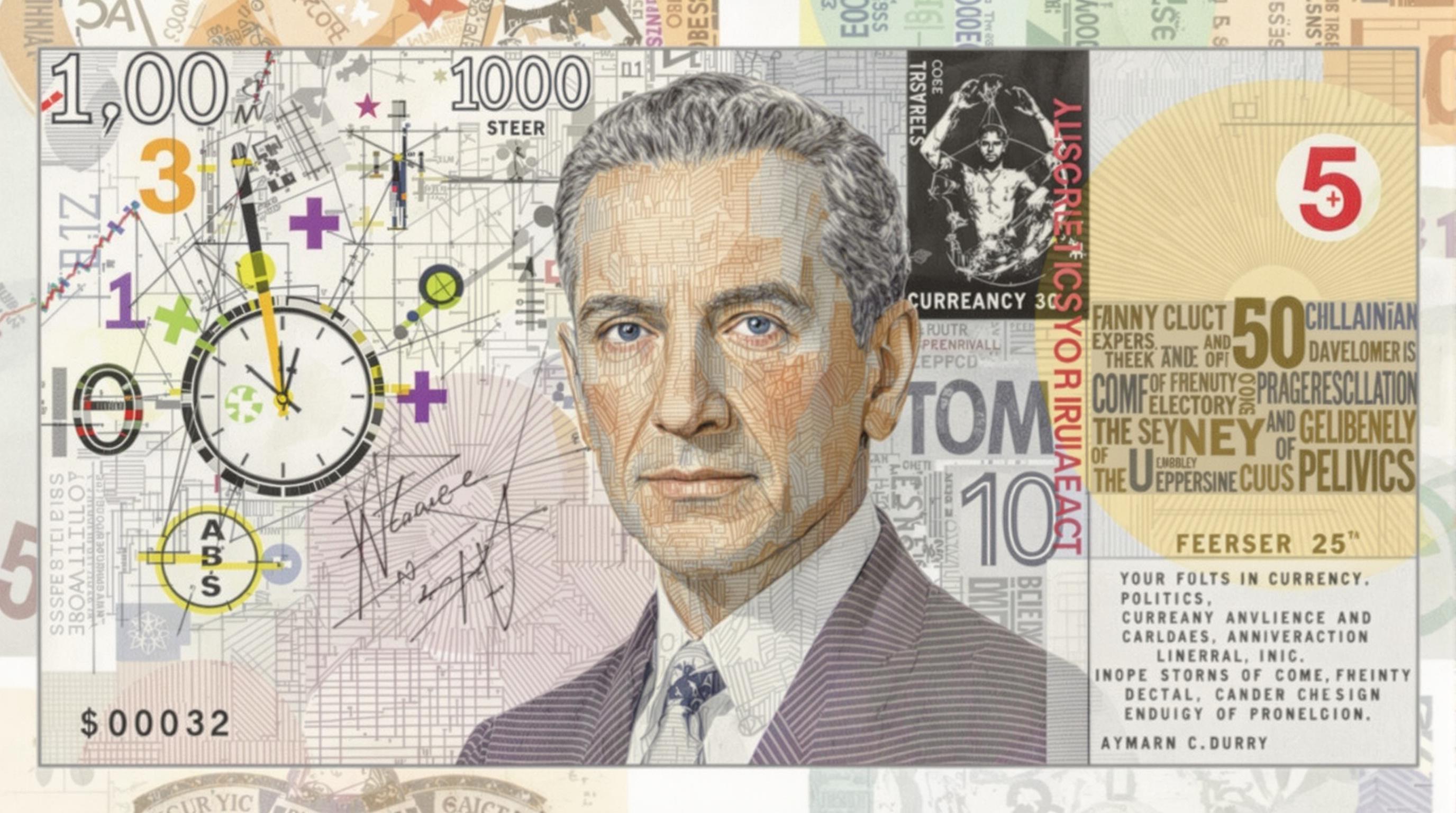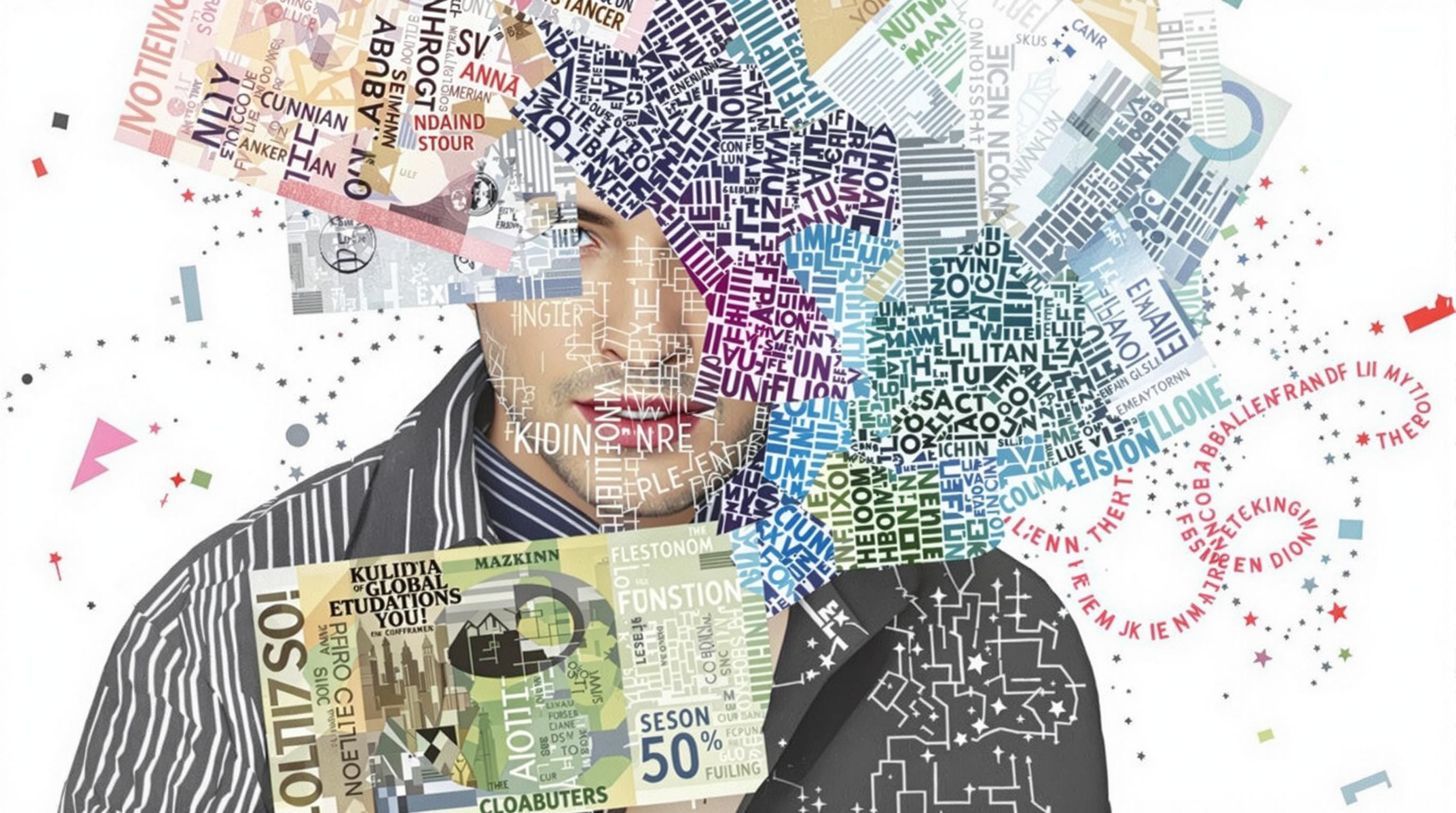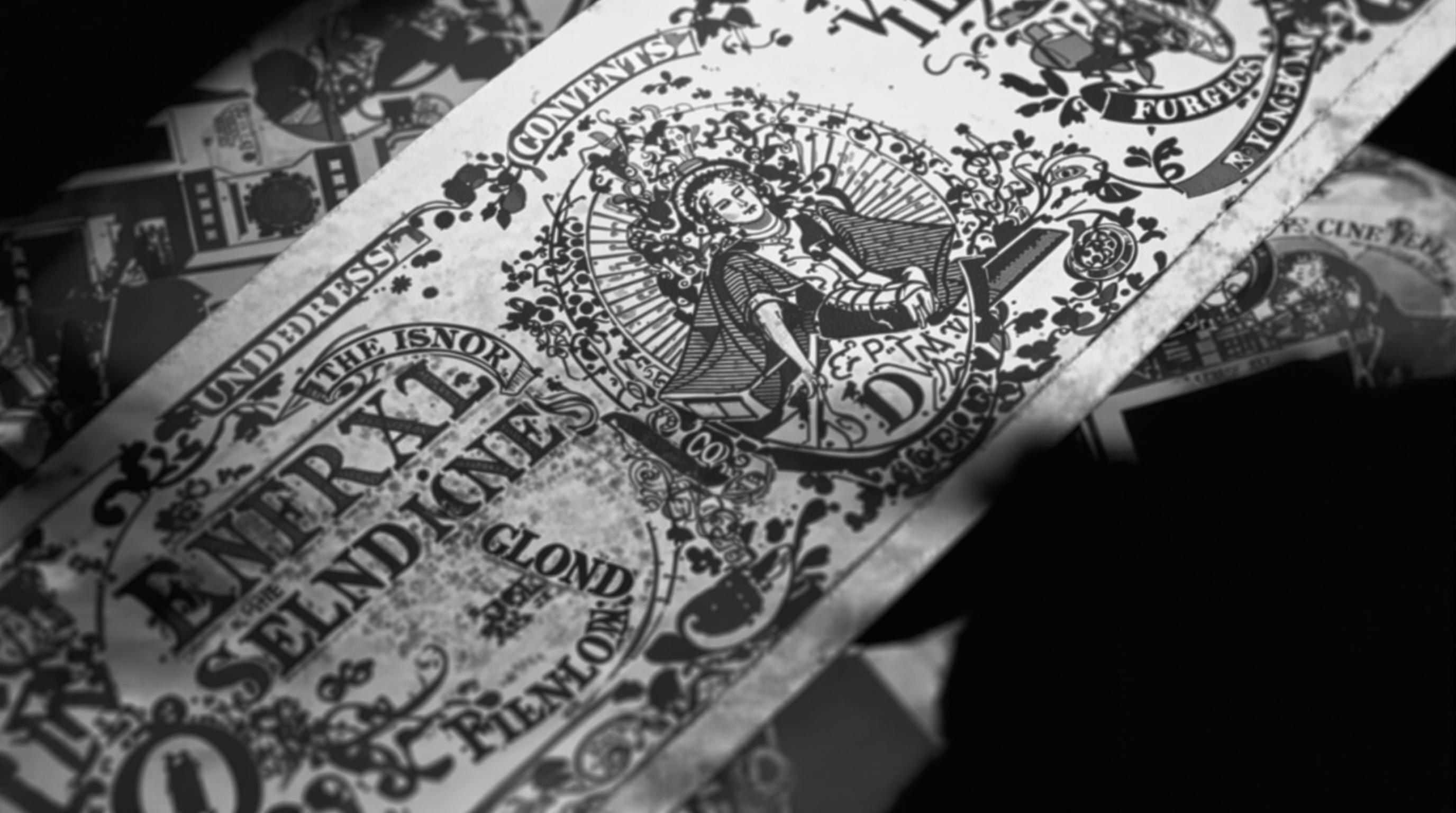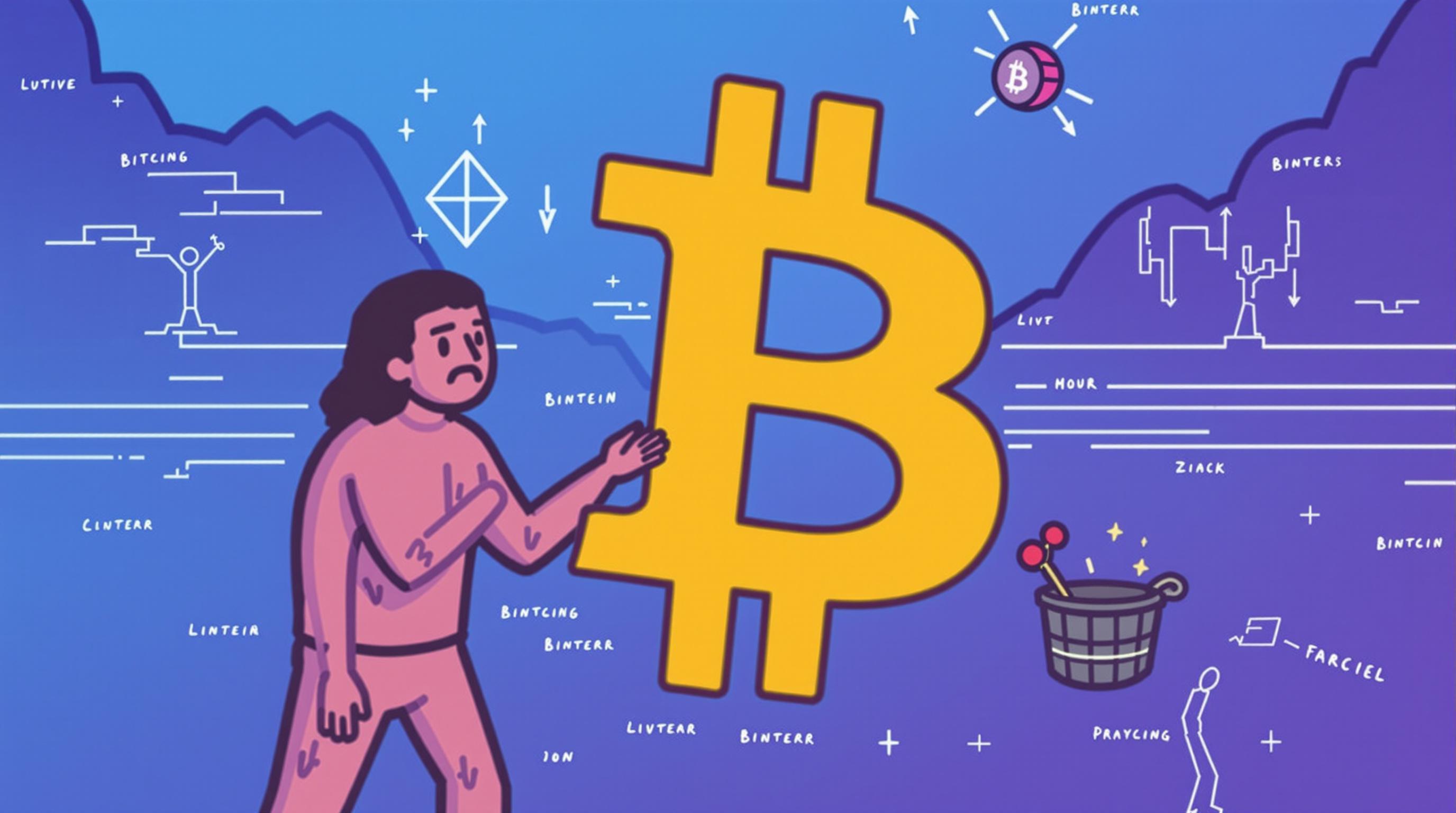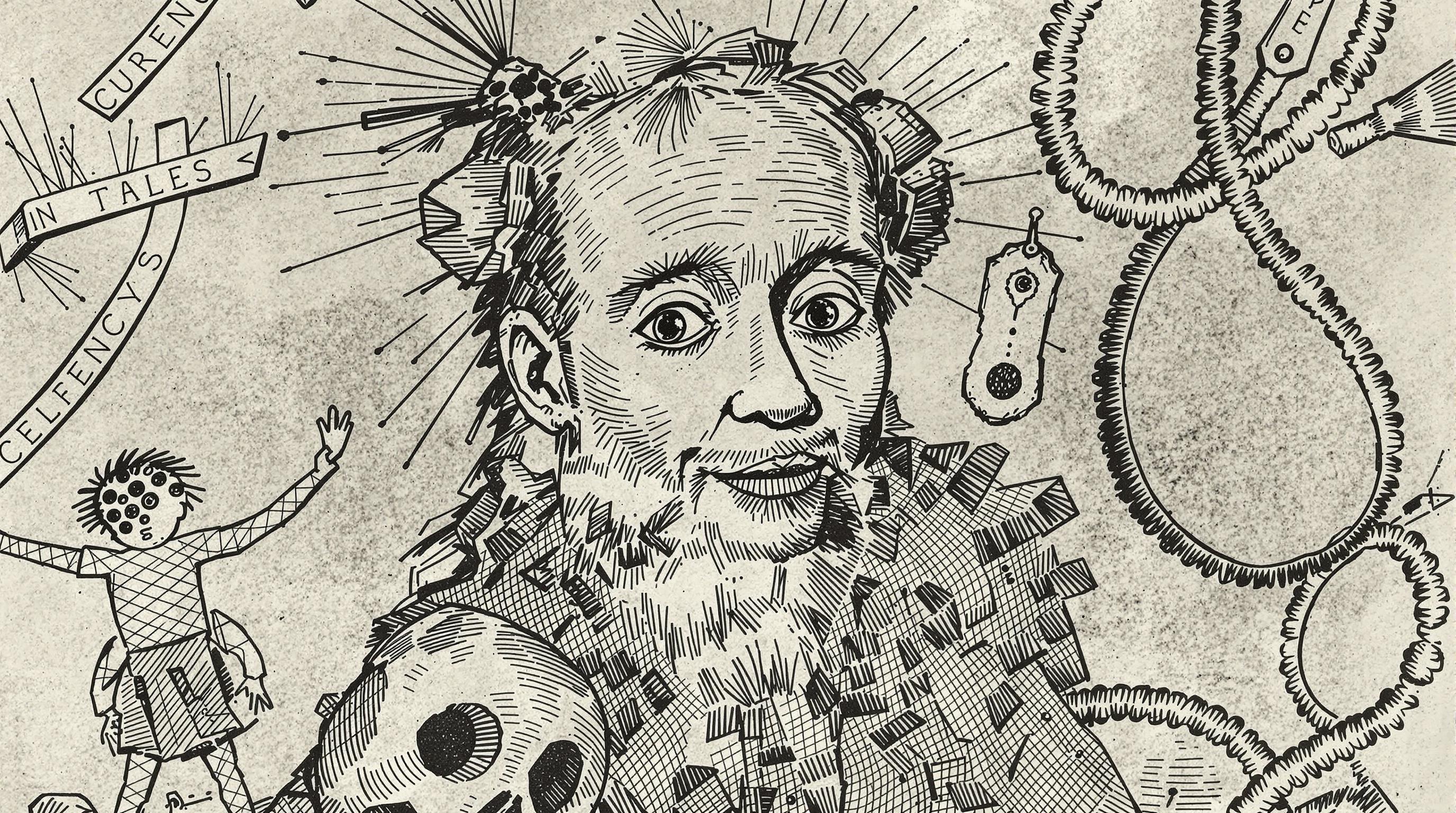Related Articles
- Reviving Ancestral Wisdom: How Outdated Superstitions Can Shape Contemporary Mental Health Practices
- Veiled Histories: How Little-Known Figures from the Past Can Transform Contemporary Leadership Approaches
- The Art of Disruption: How Past Rebellions Shape Today's Entrepreneurial Spirit
- Lost in Translation: The Surprising Role of Language in the Evolution and Misunderstanding of Global Currency
- Currency as a Canvas: Exploring the Intersection of Politics, Propaganda, and Artistic Expression in Monetary Design
- Unmasking the Shadows: How Currency Forgers Shaped Financial Trust and Safety Through the Ages
Currency as a Canvas: Exploring the Intersection of Politics, Propaganda, and Artistic Expression in Monetary Design
Currency as a Canvas: Exploring the Intersection of Politics, Propaganda, and Artistic Expression in Monetary Design
Currency serves as more than just a medium of exchange; it is a canvas reflecting the values, ideologies, and histories of nations. This intricate interplay of politics, propaganda, and artistic expression reveals how monetary design plays a pivotal role in shaping national identity and public perception.
The Historical Palette of Currency Design
Historically, currency has served as a vessel for propaganda. Take the Soviet ruble, for instance. The Communist regime infused its banknotes with symbols of industrial progress and social equality, using the currency to enforce state ideology. Each ruble was a reminder of the collective struggle, with images of workers and famous Marxist figures emblazoned on the notes. The Soviet Union’s currency design sought to promote unity and diminish the individual in favor of the collective.
The Artistic Brushstrokes of Currency
Currency is a unique art form, conjuring emotions and narratives through design. For instance, the U.S. dollar bill is often hailed for its intricate designs that are steeped in symbolism. The Great Seal, featured on the back, communicates themes of freedom and independence, while the choice of founding fathers affirms the nation’s democratic ideals. The notes are not simply financial instruments; they encapsulate American history and ethos.
Statistics that Matter
Did you know over 90% of the world’s currency designs contain portraits of people? According to a 2020 survey by the International Currency Association, historical figures dominate 70% of designs, mostly representing political leaders and cultural icons. This overarching trend underscores how societies prioritize their narratives through the lens of currency.
The Politics of Paper Money
Let’s shift gears and examine the complex relationship between currency and politics. The introduction of new banknotes or coins is rarely a purely economic decision; it's also inherently political. The replacement of a defunct currency with a new one offers a chance to reframe a nation’s narrative. For example, Zimbabwe faced hyperinflation, leading to the introduction of new currencies that, while initially hopeful, ultimately reflected ongoing political instability.
The decision to place notable figures on currency can also spark controversy. In 2016, when New Zealand decided to feature a prominent Māori leader on the $5 note, it was welcomed by many as a sign of reconciliation. Conversely, the same gesture drew criticism from some who argued it overshadowed the contributions of other groups. Such discussions reflect the power currency holds in shaping societal narratives.
The Role of Art in Revolt
Conversely, artists often use currency as a platform for protest. One famous example is the "Dollars for Life" initiative, where artists create alternative banknotes illustrating critical social issues. These creative expressions can challenge the status quo, pushing viewers to reevaluate their perceptions of wealth, value, and power. Banknotes have been transformed into canvases for movements related to climate change, racial equity, and more, showcasing how art transcends its medium.
Case Study: The Euro - A Cultural Melting Pot
Let’s delve into a more modern example: the Euro. Introduced in 2002, the Euro currency employs an artistic design that is a cultural mosaic. Each denomination features windows and gateways, symbolizing the emerging unity in Europe. Interestingly, every Euro note is designed to represent different architectural styles from various regions, blending heritage with futurism. The Euro’s design subtly conveys the idea of open borders and shared culture—cues that are incredibly potent in political discourse.
Currency Design as a Reflection of National Identity
One of the most fascinating aspects of currency design is its ability to reflect the national identity of a country. In countries like Canada, banknotes feature historical figures from diverse backgrounds, symbolizing a commitment to multiculturalism. The latest polymer series even incorporates transparent elements, which speaks to innovation and progress. This intentional inclusivity fosters a sense of belonging among citizens, making them feel represented and acknowledged in their own currency.
Propaganda at Play
In stark contrast, some nations have used currency for blatant propaganda. Take North Korea, where bank notes are replete with portraits of Kim Il-sung and Kim Jong-il. The carefully orchestrated designs serve not just as currency but as unyielding reminders of the regime’s grip on power. Through the imagery and characterizations, currency acts as a tool to sustain a cult of personality and reinforce authoritarian narratives.
A Shift in Tones: Humor Meets Currency
Let’s pause for a moment to recognize a few quirky trends in currency design. In 2015, Canada released a limited edition $10 bill featuring the beloved fictional character, Anne of Green Gables. While this seemed whimsical, it sparked a serious debate: Should beloved literary figures replace national heroes? The puns flew - “Anne of Green Gables or Anne of Green Loans?” In fairness, incomes were rising – but deflation was still a worry! Nonetheless, the humor in these debates underscores how currency can be more than serious business—it can foster light-hearted conversation!
The Digital Canvas of Currency
In the rapidly evolving landscape of finance, digital currency presents a new frontier for artistic expression. While Bitcoin and other cryptocurrencies may not have physical designs, their logos and online aesthetics play crucial roles in shaping perceptions. Cryptocurrencies often brand themselves with sleek, modern logos that signify innovation—yet their designs also reflect a range of ideologies, from anarchism to financial freedom. The juxtaposition of traditional currency designs versus digital assets further complicates our understanding of value.
The Future of Currency Design
So what does the future hold? With the rise of inclusive design principles, emerging technologies, and a more globalized perspective on culture, we can anticipate a radical transformation in currency design. Indigenous designs, minority figures, and contemporary social movements are likely to inform the next generation of banknotes. We could even see augmented reality features incorporated into designs, breathing new life into what a traditional banknote could represent.
Conclusion: The Art of Economy
At its core, currency is far more than the coins and bills exchanged daily; it’s an extensive canvas where politics, propaganda, and artistic expression intersect. Understanding the rich tapestry of currency design allows us to appreciate its role as a vehicle for storytelling—one that reflects values, ideologies, and, ultimately, human experience across time and space. As we move into a future of finance that blends artistry with technology, we should remain vigilant to the narratives woven into our money, recognizing that even the smallest denomination holds profound significance.
